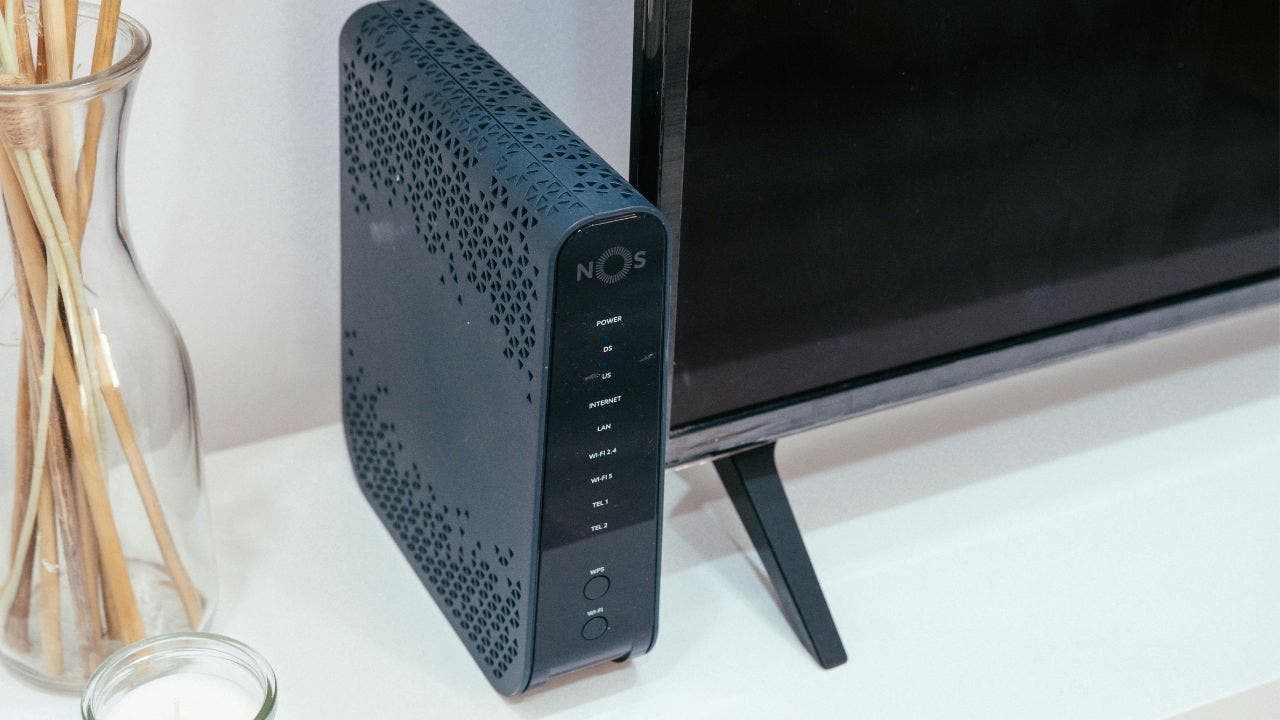How to set up a home network like a pro

With remote work becoming the norm, a reliable home network is more crucial than ever. Whether you’re video conferencing, streaming, or managing critical work tasks, a robust and secure home network is no longer a luxury but a necessity. A well-configured network ensures your devices stay connected and that your online experience runs smoothly. Here’s how to set up a high-performance home network, understand the equipment you’ll need, and secure your connection.
1) Install your router and configure important settings
Start by placing your router in a central location within your home. The closer your device is to the router, the stronger and more reliable your Wi-Fi signal will be. For a wired network, connect a switch or Ethernet hub to an available power outlet using a high-quality Ethernet cable. Once your router is installed, it’s time to configure the security settings. Find your router’s online setup page in the instructions, which are usually provided with the device or printed on the router itself. Key settings to change include renaming your network and updating the network security key.
2) Decide if you want a wired or wireless setup
When setting up your home network, you’ll need to choose between a wired or wireless configuration. Wired networks offer enhanced security and faster speeds, but wireless networks offer the convenience of connecting multiple devices without needing additional hardware. For wired devices, use an RJ-45 network cable to link your device to the router or switch. Most modern routers support Gigabit Ethernet (1,000 Mbps). For performance, it’s best to use Cat5e, Cat6, or Cat6a cables between your devices and router. Switches are essential for connecting multiple wired devices within your home network. For wireless devices, you’ll need a Wi-Fi-capable router or wireless access point. Wi-Fi comes in different generations, such as Wi-Fi 5 and Wi-Fi 6. Make sure your devices and router are compatible with the latest Wi-Fi version.
3) Extend your network range
Both wired and wireless networks can experience connectivity issues if there are physical barriers or long distances between devices and the router. To expand the range of your network, consider using Ethernet cables, wireless repeaters, or mesh systems.
4) Secure your home network
Securing your home network is critical to maintaining your privacy. Change default passwords, activate the firewall, minimize open ports, disable remote access, and use WPA2 or WPA3 encryption to protect your wireless network.
5) Start with the right internet plan for a stronger home network
No matter how advanced your home network setup is, your internet speed and reliability depend on your provider and plan. Choose the right speed for your needs, check for fiber or 5G home internet options, and compare plans for the best deal.
Setting up an optimal home network might seem complex, but with the right approach, it becomes a straightforward process that dramatically improves your digital experience. By understanding your network’s components, prioritizing security, and investing in quality equipment, you’ll create a reliable digital infrastructure that supports your work and lifestyle. Remember, a well-configured network is an investment in your productivity, entertainment, and peace of mind.

